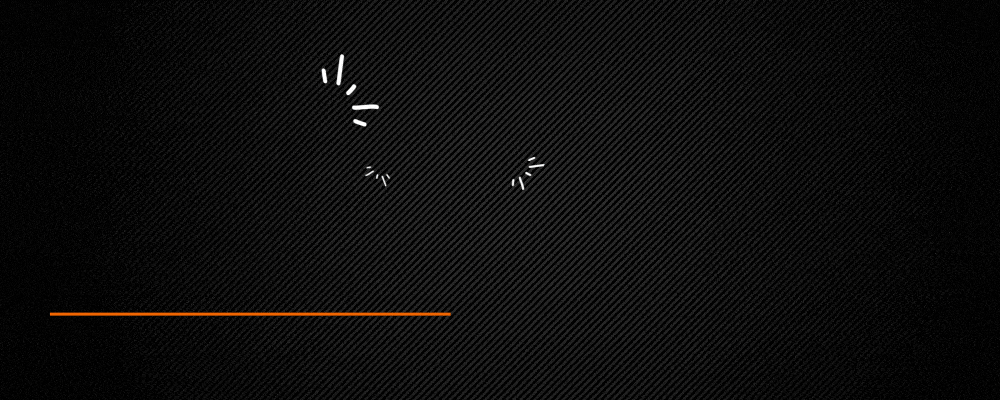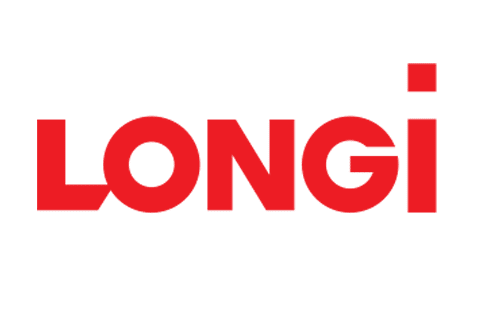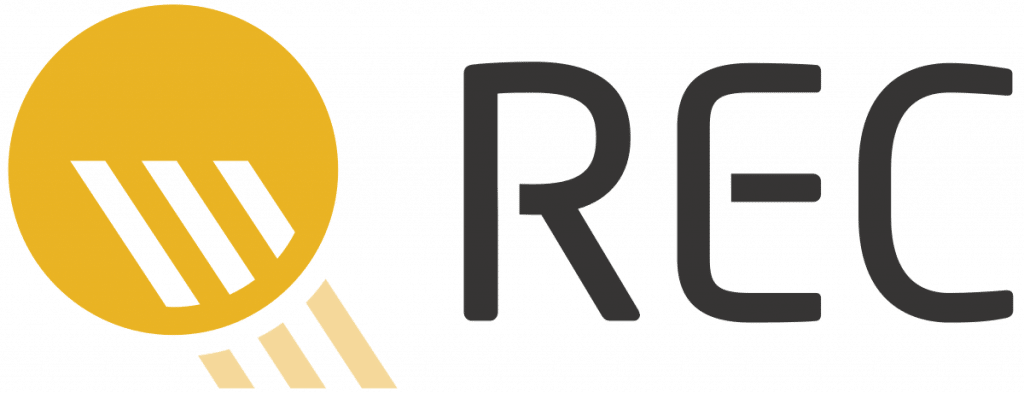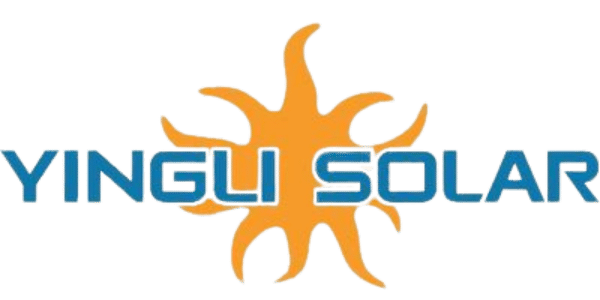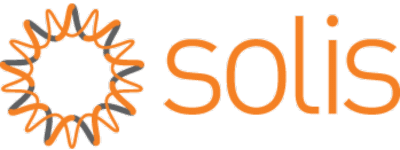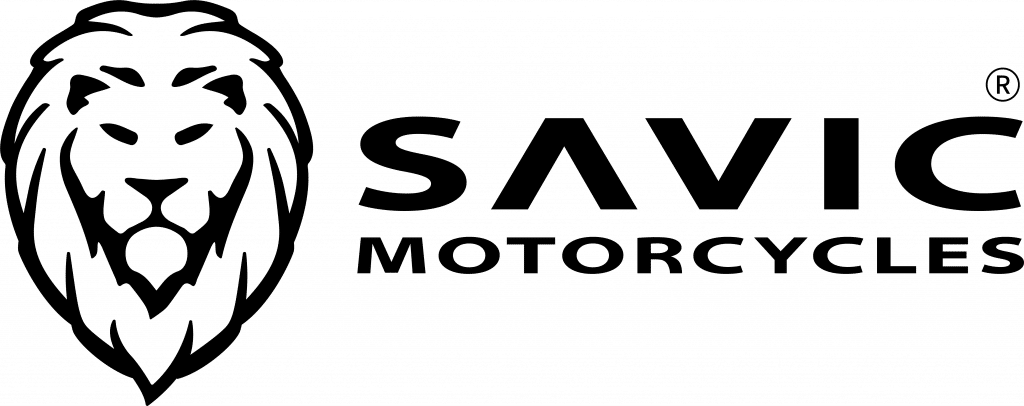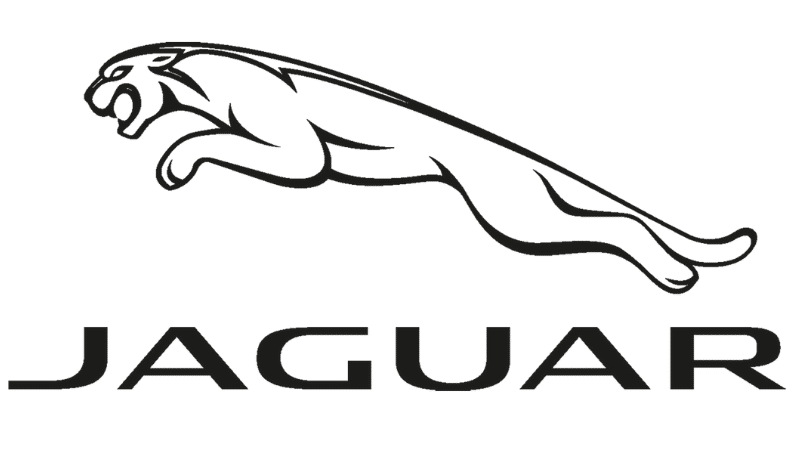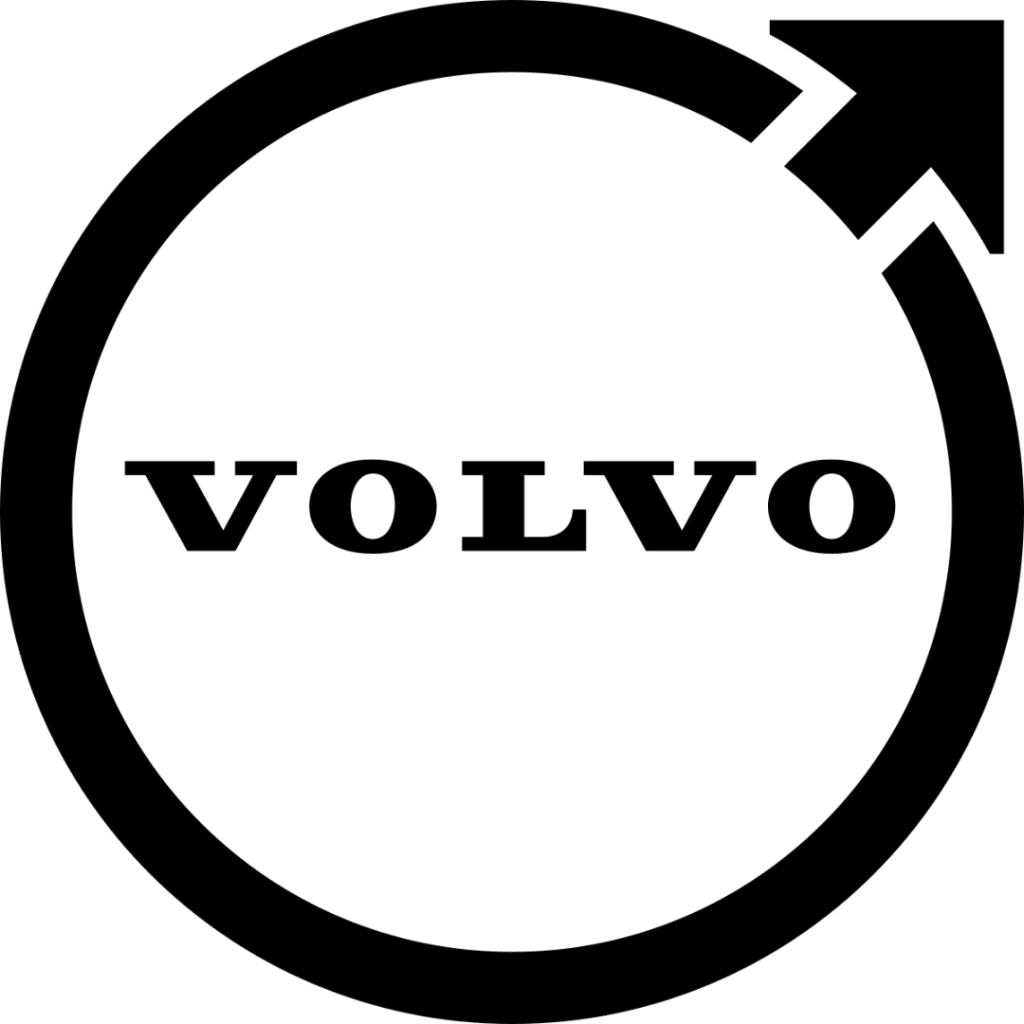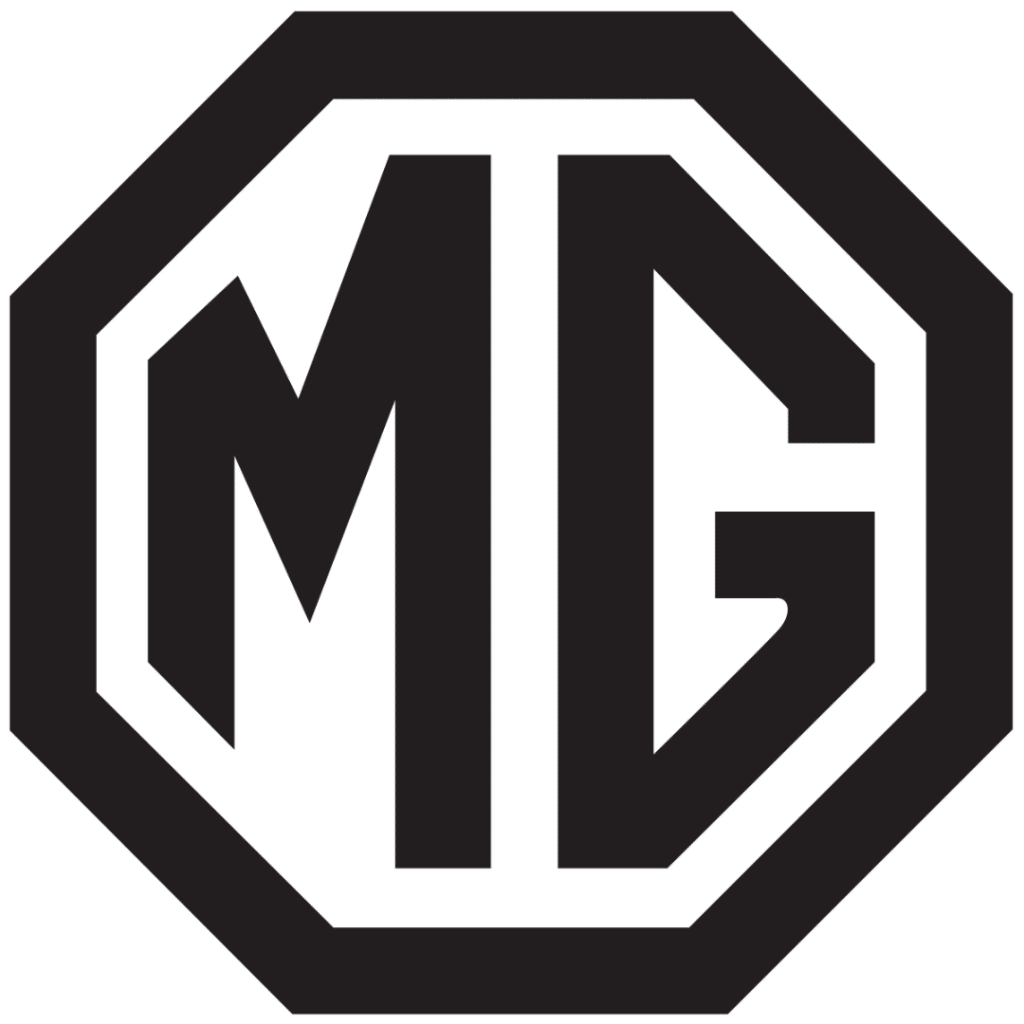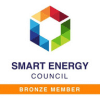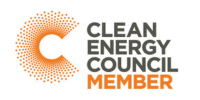In the context of renewable energy, solar inverters or power inverters are devices that will convert DC battery/solar panel voltage into mains type AC power; suitable for use in your home or business.
Exploring the realm of sustainable energy is a journey best navigated with informed insights. Energy Matters brings a wealth of knowledge to the table, shedding light on the latest advancements in solar technology. Get your free solar quotes now.

Without this conversion from DC to AC, special appliances or adapters often need to be purchased – and DC appliances are often more expensive than their AC counterparts. A solar inverter is an integral part of a system, but attention to this aspect is often overlooked. You can have the best solar panels available, but if your solar inverter is of poor quality, overall system performance can be greatly impacted.
Solar Inverters ratings
The ratings that you should look at when buying solar inverters (depending on the type) are:
- Continuous Rating: This is the amount of power you could expect to use continuously without the inverter overheating and shutting down.
- Half Hour Rating: This is handy as the continuous rating may be too low to run a high energy consumption power tool or appliance, however if the appliance was only for occasional use then the half hour rating may well suffice.
- Surge Rating: A high surge is required to start some appliances and once running they may need considerably less power to keep functioning. The inverter must be able to hold its surge rating for at least 5 seconds. TVs and refrigerators are examples of items that require only relatively low power once running, but require a high surge to start.
- IP rating – defines the ability of the inverter seals to prevent water and dust ingress. Although some inverter manufacturers claim high IP ratings suitable for outdoor installation, the quality and location of the seals and ventilation will greatly affect the ability of the inverter to outlast the many years solar installations are expected to work.
- Peak efficiency – represents the highest efficiency that the inverter can achieve
Modified sine wave and true sine wave inverters compared
There are essentially two types of inverters: modified sine wave (aka modified square wave) and pure sine wave. The differences between these two types of inverters are subtle but significant in the way they operate.
Examples of modified “sine” wave vs pure sine wave:
Modified sine wave inverters
A modified sine wave inverter (MSW) can adequately power some household appliances and power tools. It is cheaper but may present certain compromises with some loads such as computers, microwave ovens, laser printers, clocks and cordless tool chargers. Virtually all low-cost power inverters are “modified sine wave”. An MSW is easier and cheaper to produce than a pure sine wave inverter.
It is also a fact that cheaper MSW inverters have given this type of inverter a bad name. These low-cost inverters are generally available from electrical stores, hardware stores, automotive stores and electronic suppliers. They usually lack many features such as auto-start or any type of tweaking ability. The devices are usually about 70% efficient, so expect some significant power losses if you are using a modified sine wave inverter in your system.
Modified sine wave (MSW) inverters are less common than pure sine wave inverters in 2025, but they still have niche applications due to their lower cost and simpler design. They work by approximating a sine wave in a stepped, square-like pattern, making them less efficient for some electronics but still useful in specific cases.
Low-power, non-sensitive devices
Basic appliances such as:
- LED lights
- Fans
- Simple power tools (drills, saws, etc.)
- Older refrigerators and pumps without digital controls
Charging basic electronics
- Some phone and laptop chargers (though not ideal for long-term use)
- Small battery chargers for power tools
Off-grid & budget solar systems
- MSW inverters are still used in low-cost off-grid solar systems, especially in remote areas where efficiency isn’t the main concern.
- Small DC-AC backup power systems for cabins, sheds, and RVs.
Running resistive loads
- Devices with resistive heating elements work fine on MSW inverters, including:
- Electric kettles
- Incandescent bulbs
- Basic space heaters
Emergency power & backup systems
- Cheap temporary power solutions for disaster relief, basic camping setups, or emergency preparedness kits.
- Used in low-cost UPS (Uninterruptible Power Supply) systems for running basic equipment in case of power failure.
Simple motor-driven devices (with efficiency losses)
- Inductive loads like motors and compressors don’t run optimally on MSW, but some simpler devices can still function, including:
- Older fans and pumps (without variable-speed motors)
- Small air compressors (but with increased heat and noise)
Limitations in 2025
- Not suitable for sensitive electronics – Can cause overheating or malfunctions in modern appliances, laptops, and medical devices.
Lower efficiency – Wastes more energy than pure sine wave inverters.
More noise & interference – Can cause buzzing in audio equipment and interference in some electronics.
Where are MSW inverters still useful?
In 2025, modified sine wave inverters are mainly used for cost-sensitive, low-power applications, such as off-grid systems, simple resistive loads, and emergency power backups. However, for modern electronics, motors, and high-efficiency appliances, pure sine wave inverters are the better choice.
Pure sine wave inverters
A pure sine wave inverter, also known as a digital inverter, has a design to replicate and even improve the quality of electricity supplied by utility companies. To operate higher-end electronic equipment, experts recommend a sine wave inverter. Efficiency has reached up to about 98% and the electricity from these devices is of a higher quality than grid power almost anywhere in the world.
Solar installers only sell these kinds of solar inverters for grid-connected and off-grid applications.
A high-quality solar inverter for off-grid applications will include:
- An auto-start system. An auto start allows an inverter to switch to a low power consumption standby state when nothing is connected and turned on. This will save you a lot of manual switching and/or wasted power
- Tweaking ability. An ability to adjust parameters such as auto-start and battery depth of discharge (for off-grid systems) is also helpful.
- High-quality heavy-duty power transformer. A heavy inverter usually means a high-quality heavy-duty power transformer.
Even among sine wave inverters, there’s a great deal of difference in quality. Cheap imports are flooding our shores and in many cases, these devices will be inefficient and may pose safety issues. A long warranty is no guarantee of quality as companies can shut up shop overnight, rendering the warranty useless. Ensure you purchase a solar inverter that has undergone independent testing and has a demonstrated history of reliable operation for Australia’s often harsh conditions.
Can you convert a modified sine wave inverter into a pure sine wave inverter?
If you have a modified sine wave inverter and suspect you need a pure sine wave inverter, please note there is no ‘filter’ or ‘retrofit’ you can apply to the output of a modified sine wave inverter to clean up the output or turn it into a pure sine wave.
Grid connect inverters - pure or modified sine wave?
All grid-connected solar inverters, such as those used in systems connected to mains electricity, are pure sine wave units. All grid connect power inverters sold in Australia must meet minimum standards and be approved for use in conjunction with mains electricity.
Grid connect solar inverters endure high and varying voltage levels, extreme temperature ranges, moisture and dust. Quality power inverters are the key to the safety, efficiency, reliability, and usability of solar power systems.
Non-grid connect inverter tips
In general, any device that senses either voltage peaks or zero crossings could have problems when running from a modified sine wave inverter. Devices such as these should run from pure sine wave inverters.
Ham radio and CB radio operators may notice RF noise from modified sine wave inverters; in that case, do not run the radio and the inverter at the same time. Electronics that modulate RF (radio frequency) signals on the AC line will not work and may suffer damage. You may notice a hum or buzz in the audio of TVs, radios and satellite systems used with modified sine wave inverters. Audiophiles or professionals using sophisticated audio, remote measurement, surveillance or telemetry equipment should use true sine wave.
Examples of problem devices are motor speed controllers employing triacs and some small battery rechargers that do not incorporate a transformer between the utility power and the load. To help you visualise this, if there isn’t a ‘wall wart’ between the battery charger (or the battery in the device) and the AC plug, don’t use modified sine wave.
Non-grid connect inverter tips
In general, any device that senses either voltage peaks or zero crossings could have problems when running from a modified sine wave inverter. Devices such as these should run from pure sine wave inverters.
Ham radio and CB radio operators may notice RF noise from modified sine wave inverters; in that case, do not run the radio and the inverter at the same time. Electronics that modulate RF (radio frequency) signals on the AC line will not work and may suffer damage. You may notice a hum or buzz in the audio of TVs, radios and satellite systems used with modified sine wave inverters. Audiophiles or professionals using sophisticated audio, remote measurement, surveillance or telemetry equipment should use true sine wave.
Examples of problem devices are motor speed controllers employing triacs and some small battery rechargers that do not incorporate a transformer between the utility power and the load. To help you visualise this, if there isn’t a ‘wall wart’ between the battery charger (or the battery in the device) and the AC plug, don’t use modified sine wave.
What are 'problem load' appliances for inverters?
Please note two other common problem loads: electric shavers and emergency flashlights. Both of these items have batteries in them but connect directly into the wall to charge, without an external transformer. Don’t use items like these with a modified sine wave inverter. If you do use a modified sine wave inverter with a transformer-less charger, your product will likely suffer damage.
Garage door openers, laser printers and large strobes for photography are reportedly troubleloads for modified sine wave inverters. They either don’t work at all or stop working entirely, so don’t take a chance – use a pure sine wave inverter.
As a general rule, products operating through an AC adapter will work fine from a modified sine wave inverter. These include laptops and cell phone chargers, video games, camcorders and digital camera chargers. Televisions generally work well; some VCRs with inexpensive power supplies run poorly. Consider switching to another brand of VCR in that case.
What inverter is best for my home or business?
Choosing the best inverter for your home or business involves considering several key factors to ensure it meets your specific energy needs. First, determine the type of inverter that suits your system, whether it’s a string inverter, microinverter, or hybrid inverter, based on your solar panel layout and energy goals. Evaluate the inverter’s efficiency ratings to ensure maximum energy conversion, and check for features like MPPT (Maximum Power Point Tracking) for optimal performance. Consider the inverter’s capacity and scalability to handle your current and future energy demands. Additionally, look for inverters with robust warranties and reliable customer support to ensure long-term reliability. Lastly, consider any additional features like monitoring capabilities and grid integration options that enhance the overall functionality and ease of use. By carefully assessing these factors, you can select an inverter that provides efficient, reliable, and cost-effective energy solutions for your needs.
Energy Matters has partnered with some of the world’s leading inverter brands. Explore their range and request FREE quotes via our recommended products page.



